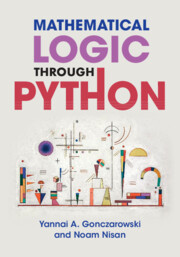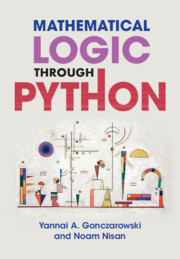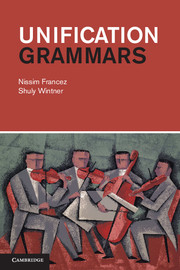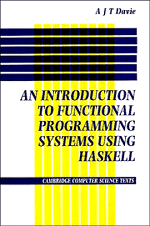Insight Through Computing
This introduction to computer-based problem-solving using the MATLAB® environment is highly recommended for students wishing to learn the concepts and develop the programming skills that are fundamental to computational science and engineering (CSE). Through a 'teaching by examples' approach, the authors pose strategically chosen problems to help first-time programmers learn these necessary concepts and skills. Each section formulates a problem and then introduces those new MATLAB® language features that are necessary to solve it. This approach puts problem-solving and algorithmic thinking first and syntactical details second. Each solution is followed by a 'talking point' that concerns some related, larger issue associated with CSE. Collectively, the worked examples, talking points, and 300+ homework problems build intuition for the process of discretization and an appreciation for dimension, inexactitude, visualization, randomness, and complexity. This sets the stage for further coursework in CSE areas.
- The interplay between programming and mathematics throughout the text reinforces the student's ability to reason numerically and geometrically
- Prepares students for further courses in computer science and mathematics
- The examples are chosen to help students learn the concepts and develop the programming skills that are fundamental to computational science and engineering
Product details
February 2010Paperback
9780898716917
184 pages
253 × 174 × 21 mm
0.75kg
This item is not supplied by Cambridge University Press in your region. Please contact Soc for Industrial & Applied Mathematics for availability.
Table of Contents
- Preface
- MATLAB glossary
- Programming topics
- Software
- 1. From formula to program
- 2. Limits and error
- 3. Approximation with fractions
- 4. The discrete versus the continuous
- 5. Abstraction
- 6. Randomness
- 7. The second dimension
- 8. Reordering
- 9. Search
- 10. Points, polygons and circles
- 11. Text file processing
- 12. The matrix: part II
- 13. Acoustic file processing
- 14. Divide and conquer
- 15. Optimization
- Appendix A. Refined graphics
- Appendix B. Mathematical facts
- Appendix C. MATLAB, Java, and C
- Appendix D. Exit interview
- Index.






